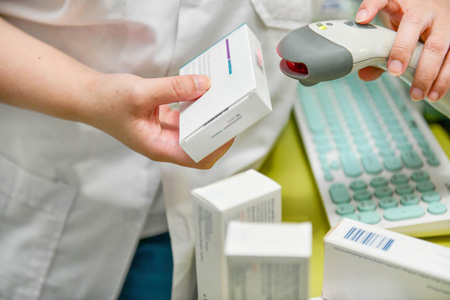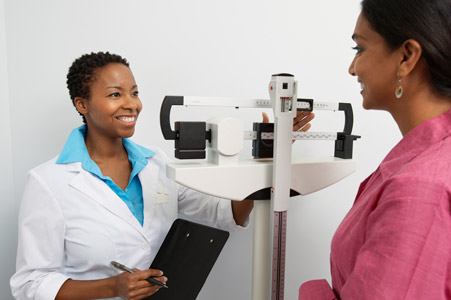


Providers and Pharmacists: Upleveling Collaboration for Patient Wellness
Modern healthcare can be incredibly complex — gone are the days of one doctor in a small town who knows everyone personally and treats all illnesses. Now, there are countless networks, HMOs, and different specialists for patients to choose from. Even though patients do have more choices and resources, it’s easy for their care to slip through the cracks.
If patient-centered care is the north star most doctors and pharmacists are aiming towards, then collaboration between these two practices is crucial. Doctors may be the practitioners to diagnose and write prescriptions, but pharmacists have the power to improve adherence and cement positive health outcomes in patients.
Let’s dive into steps providers and pharmacists can take to work together to improve overall patient wellness.
Build a Patient-Centered Team That Makes Decisions Together
Emphasizing shared decision-making processes ensures that both pharmacists and doctors contribute their expertise to treatment planning for patients. In addition, by involving patients in discussions about their care and treatment options, healthcare providers can promote patient-centered care and improve treatment adherence.
When pharmacists can also weigh in earlier in the health journey, they can advise doctors on the best course of treatment, what new drugs exist, and how adding new medications to a patient’s current regime may cause adverse reactions. Finally, creating a more collaborative, open healthcare environment may cause patients to feel empowered over their health outcomes.
Take Opportunities to Learn Together
When practitioners work in silos, it inhibits the ability to learn and grow together. By collaborating effectively, doctors and pharmacists can learn from each other and with each other to understand how to deliver the best possible care. By learning together, healthcare professionals can develop a shared language and appreciation for each other's roles, laying the foundation for effective collaboration.
Consider working with local practitioners to establish learning sessions on the newest diagnostic technology, up-and-coming treatments, and new developments in the world of healthcare. This is a great way to expand your network, make connections, and even get new patients from other practices in your area.
Invest In Collaborative Programs That Improve Patient Wellbeing
In terms of real-world examples of collaboration that you can implement in your pharmacy, there are two that present very exciting upside potential: Medication Therapy Management (MTM) programs and anticoagulation clinics.
MTM programs are programs that involve conducting comprehensive medication reviews for patients and collaborating with their doctors to optimize therapy. These programs have been shown to improve medication adherence and clinical outcomes for patients with chronic conditions such as diabetes and hypertension. By adding another medical professional’s eyes to a patient’s case, patients will receive better levels of care and more attention than ever before.
Anticoagulation clinics are medical offices that provide care for patients taking oral anticoagulant medication to treat and prevent blood clots by offering a monitoring and advisory service. Your pharmacy can play a crucial role in helping these clinics or even partnering with them by working closely with doctors to monitor patients on anticoagulant therapy, adjust dosages, and provide education on medication adherence and dietary considerations. This collaborative approach can help minimize the risk of thromboembolic events and bleeding complications by adding more medical supervision to high-risk cases. In addition, by partnering with clinics and physicians, your pharmacy may acquire new patients who might’ve not otherwise visited your pharmacy for care.
In an era of increasingly complex healthcare needs, collaboration between pharmacists and doctors is key. By working together as part of interdisciplinary healthcare teams, medical professionals can enhance patient care, improve treatment outcomes, and optimize medication therapy — all while potentially growing both practices.


.jpg)
.jpg)
.jpg)


















.jpg)





















.jpg)

















.jpg)


























.jpg)
.jpg)
.jpg)









